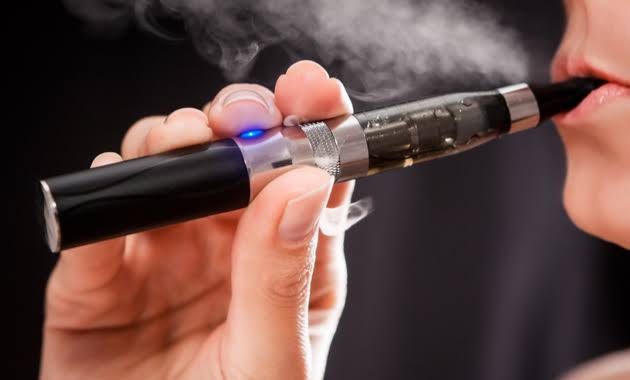Inquiring about the constituents of e-cigarettes, disposable vapes, or e-liquids may yield a straightforward response: “we lack complete knowledge.” The assortment of products, coupled with ingredient alterations upon heating and insufficient labeling, complicates the quest for answers. Delving into this matter involves analytical chemistry and research, though comprehending health implications adds yet another layer of intricacy.
The risk e-cigarettes pose to health exhibits a wide spectrum, contingent upon factors such as device type, flavors, and usage patterns. Hence, vapers remain uncertain about the inhaled substances and their potential health consequences.
Despite the intricacies, certain consistencies emerge from various laboratory analyses. E-cigarette elements include nicotine, flavoring agents, and carrier liquids, predominantly propylene glycol and glycerine. Worryingly, volatile organic compounds, particulate matter, and carcinogens surface, many of which are recognized as harmful. Notably, our previous research uncovered 2-chlorophenol in nearly half of e-liquids purchased by users for refilling e-cigarettes. This chemical, classified as “harmful if inhaled,” lacks a valid purpose and might result from manufacturing contamination.



